Rare Earth Metals (REMs) constitute a fascinating group of seventeen chemically related elements, each endowed with unique properties that have far-reaching implications across various industries. This comprehensive exploration aims to delve deeper into the intricacies of each rare earth metal, unveiling its atomic structures, distinct characteristics, and diverse applications.
Yttrium metal is the metallic form of the chemical element yttrium (symbol: Y) in the periodic table.
Yttrium metal exhibits a distinctive silvery-white or grayish color, characteristic of metallic elements. With a relatively high melting point, it can endure elevated temperatures without undergoing significant changes. This rare earth metal is malleable and ductile, allowing it to be easily shaped into thin sheets and drawn into wires without breaking.
Additionally, Yttrium is paramagnetic, showcasing weak magnetic properties when subjected to an external magnetic field. These properties collectively contribute to the versatility of Yttrium in various industrial applications.
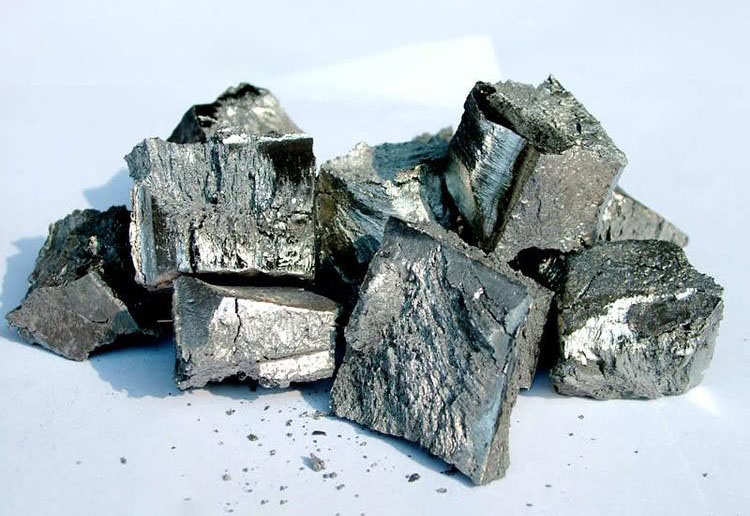
Yttrium metal plays a pivotal role in aerospace alloys, enhancing the strength and durability of materials used in high-stress components like turbine blades. Its presence is integral in superconducting applications, particularly in compounds like yttrium barium copper oxide, utilized in technologies such as magnetic resonance imaging (MRI) systems.
Yttrium's contribution extends to laser technologies, where YAG crystals, containing yttrium, are widely employed for medical procedures, material cutting, welding, and various scientific and industrial applications. Furthermore, yttrium compounds are essential in the production of ceramics and electronic devices, with yttrium oxide serving as a stabilizer in certain ceramic manufacturing processes.
Lanthanum metal is the metallic form of the chemical element lanthanum (symbol: La) on the periodic table, belonging to the rare earth metals within the lanthanide series.
Lanthanum metal displays a characteristic silvery-white or grayish color, typical of metallic elements. With notable malleability and ductility, it can be shaped into thin sheets and drawn into wires without breaking. Additionally, lanthanum possesses a high melting point, allowing it to withstand elevated temperatures without significant alteration. In its metallic form, lanthanum also showcases magnetic properties, contributing to its versatility in various technological applications.

Lanthanum's significance spans various industrial sectors. Acting as a catalyst in petroleum refining, its metallic form enhances efficiency and supports eco-friendly practices.
Lanthanum is also crucial in metallurgy, contributing to improved mechanical and thermal properties as an alloying element. Furthermore, its role extends to electronics and optics, playing a vital part in the production of camera lenses and phosphors for cathode-ray tubes.
Additionally, lanthanum-containing compounds contribute to sustainable transportation, being integral in the development of rechargeable batteries for hybrid and electric vehicles. This multifaceted application underscores lanthanum's importance in driving technological progress and fostering environmentally conscious solutions.
Praseodymium metal is the metallic form of the chemical element praseodymium, denoted by the symbol Pr on the periodic table.
In its metallic form, praseodymium is characterized by a silvery-white appearance, a common trait among metallic elements. Notable properties include its malleability and ductility, allowing it to be easily shaped into thin sheets and drawn into wires without breaking. Praseodymium metal also possesses a relatively high melting point, enabling it to withstand elevated temperatures. Its significance is further emphasized by its magnetic properties, contributing to its applications in diverse technological fields.
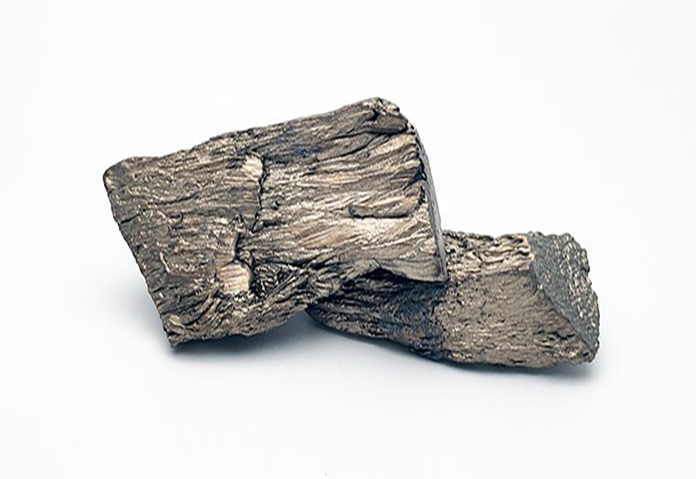
Praseodymium metal plays a pivotal role in advanced technologies, particularly in the realm of renewable energy. As a key component in neodymium-iron-boron magnets, praseodymium enhances the stability and efficiency of these magnets, crucial for applications in wind turbines and electric vehicles. Its magnetic properties make praseodymium an essential element for advancements in the green energy revolution.
Additionally, praseodymium is utilized in certain alloys and as a dopant in certain optical materials, further diversifying its applications across industrial sectors. Overall, praseodymium metal's unique properties contribute significantly to the development of cutting-edge technologies and sustainable practices.
Dysprosium metal is the metallic form of the chemical element dysprosium, represented by the symbol Dy on the periodic table.
Dysprosium metal is characterized by a silvery-white appearance, a common trait among metallic elements. Its properties include malleability and ductility, allowing it to be easily shaped into thin sheets and drawn into wires without breaking. Dysprosium also possesses a relatively high melting point, contributing to its stability under elevated temperatures. Notably, dysprosium exhibits magnetic behavior, and this property is crucial for its applications in certain alloys and magnets.

Dysprosium's significance lies in its role in advanced technologies, particularly in the field of magnetism. It is used as an alloying element in neodymium-iron-boron magnets, enhancing their stability and preventing demagnetization at high temperatures. These magnets are integral components in various applications, including electric vehicles, wind turbines, and electronic devices.
Dysprosium's unique magnetic properties contribute to advancements in sustainable energy and technology. Additionally, dysprosium finds applications in certain specialized alloys and as a neutron absorber in nuclear reactors, further diversifying its industrial uses. Overall, dysprosium metal plays a crucial role in shaping the landscape of modern technology and sustainable practices.
Cerium metal is the metallic form of the chemical element cerium, identified by the symbol Ce on the periodic table.
In its metallic state, cerium is characterized by a silvery-white appearance, a common trait among metallic elements. Cerium metal is malleable and ductile, allowing it to be easily shaped into thin sheets and drawn into wires without breaking. With a relatively high melting point, cerium maintains stability under elevated temperatures. Additionally, cerium possesses unique redox properties, making it essential in certain chemical reactions and applications.

Cerium's versatility is evident in its diverse range of applications. One notable use is in the production of catalytic converters for automobiles, where cerium oxide is employed to enhance the efficiency of exhaust systems.
Cerium compounds are also utilized in the glass industry to provide a yellow color to glass products. Beyond this, cerium finds applications in certain alloys, including those used in aerospace and defense technologies. Its unique properties contribute to advancements in various industries, making cerium an indispensable element for both traditional and cutting-edge technologies.
Terbium metal is the metallic form of the chemical element terbium, denoted by the symbol Tb on the periodic table.
In its metallic form, terbium has a silvery-white appearance, characteristic of many metallic elements. Terbium is malleable and ductile, allowing it to be easily shaped into thin sheets and drawn into wires without breaking. Its relatively high melting point contributes to its stability under elevated temperatures. Additionally, terbium is known for its magnetic properties, which are crucial for its applications in certain alloys and magnetic devices.
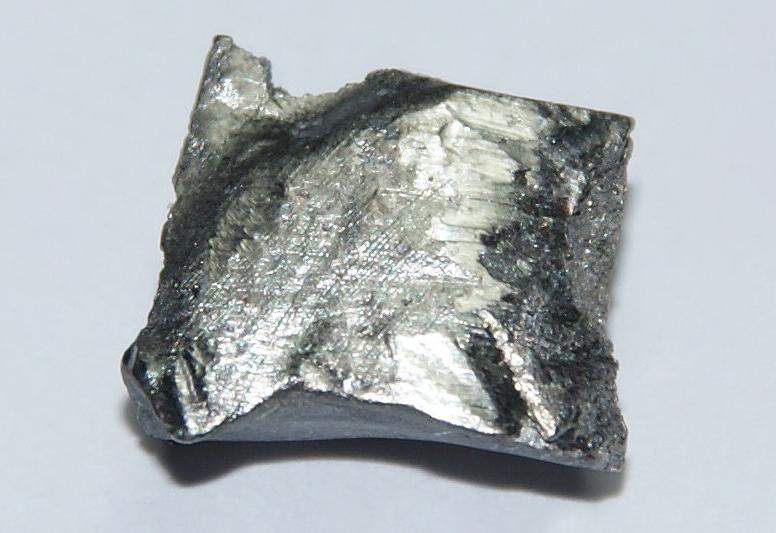
Terbium's significance lies in its role in various technological applications. It is a key component in certain types of phosphors used in electronic displays, such as cathode-ray tubes (CRTs) and LED screens, contributing to the production of vibrant colors. Terbium is also used in magneto-optical devices, where its magnetic properties play a crucial role in data storage applications. Beyond electronics, terbium finds applications in certain specialized alloys, and its unique properties make it an essential element in advancing technologies across different industries.
Scandium metal is the metallic manifestation of the chemical element scandium (symbol: Sc) on the periodic table.
In its metallic state, scandium exhibits malleability and ductility, allowing it to be shaped into thin sheets and drawn into wires without breaking. With a relatively high melting point, scandium maintains stability under elevated temperatures.
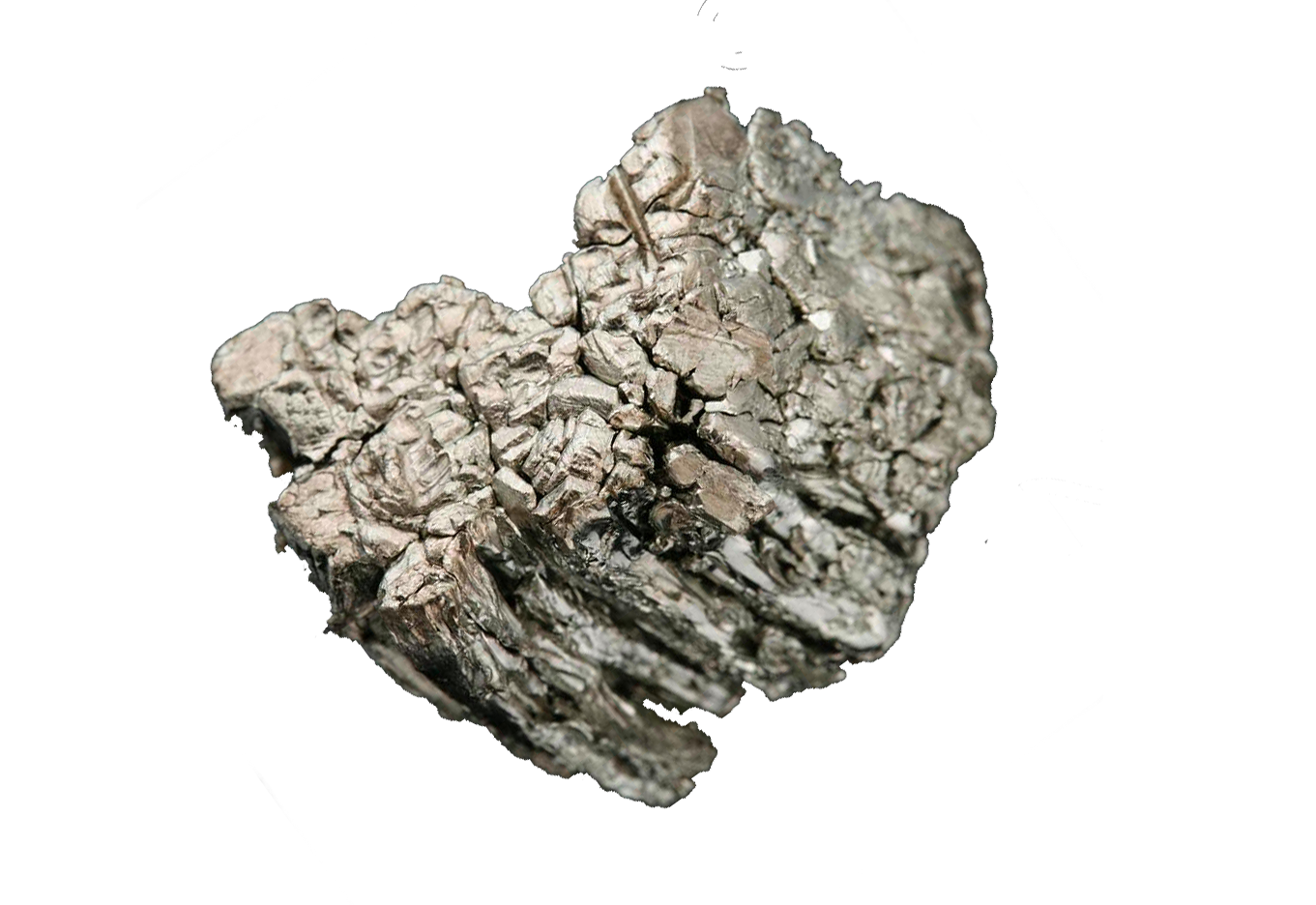
Scandium's primary applications center around aerospace alloys, where its presence enhances the strength and durability of materials. This makes scandium valuable in components like aircraft parts and sports equipment. Scandium's unique properties contribute to its role in advancing technology and materials across diverse industrial sectors.
Neodymium metal is the metallic form of the chemical element neodymium, denoted by the symbol Nd on the periodic table.
In its metallic form, neodymium displays a silvery-white appearance, typical of many metallic elements. It is malleable and ductile, allowing it to be shaped into thin sheets and drawn into wires without breaking. Neodymium also possesses a relatively high melting point, contributing to its stability under elevated temperatures. Its most notable property is its strong magnetism, making neodymium a key component in powerful permanent magnets.

The primary application of neodymium metal lies in the production of neodymium-iron-boron magnets, which are among the strongest permanent magnets available. These magnets are essential components in various technologies, including electric motors, generators, and speakers. Neodymium's powerful magnetic properties contribute significantly to advancements in technology, making it a crucial element in the modern world.
Ytterbium metal is the metallic form of the chemical element ytterbium, identified by the symbol Yb on the periodic table.
In its metallic form, ytterbium features a silvery-white appearance, a common characteristic of metallic elements. Ytterbium is malleable and ductile, allowing it to be easily shaped into thin sheets and drawn into wires without breaking. It also possesses a relatively high melting point, contributing to its stability under elevated temperatures. Ytterbium is known for its unique electronic properties, including its role as a dopant in certain laser materials.
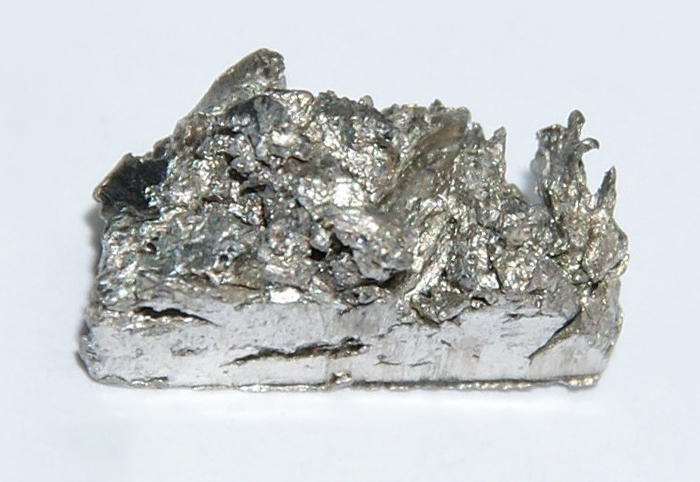
Ytterbium's applications are diverse, with notable use in laser technologies. Ytterbium-doped crystals are employed in various laser systems, contributing to applications in medical procedures, material cutting, welding, and scientific research. Ytterbium's role extends to certain alloys and electronic devices, showcasing its significance in advancing technologies across different industrial sectors.
Samarium metal is the metallic form of the chemical element samarium, represented by the symbol Sm on the periodic table.
In its metallic form, samarium displays a silvery-white appearance, characteristic of many metallic elements. Samarium is malleable and ductile, allowing it to be easily shaped into thin sheets and drawn into wires without breaking. Its relatively high melting point contributes to its stability under elevated temperatures. Additionally, samarium is known for its magnetic properties, which find applications in certain alloys and magnetic materials.
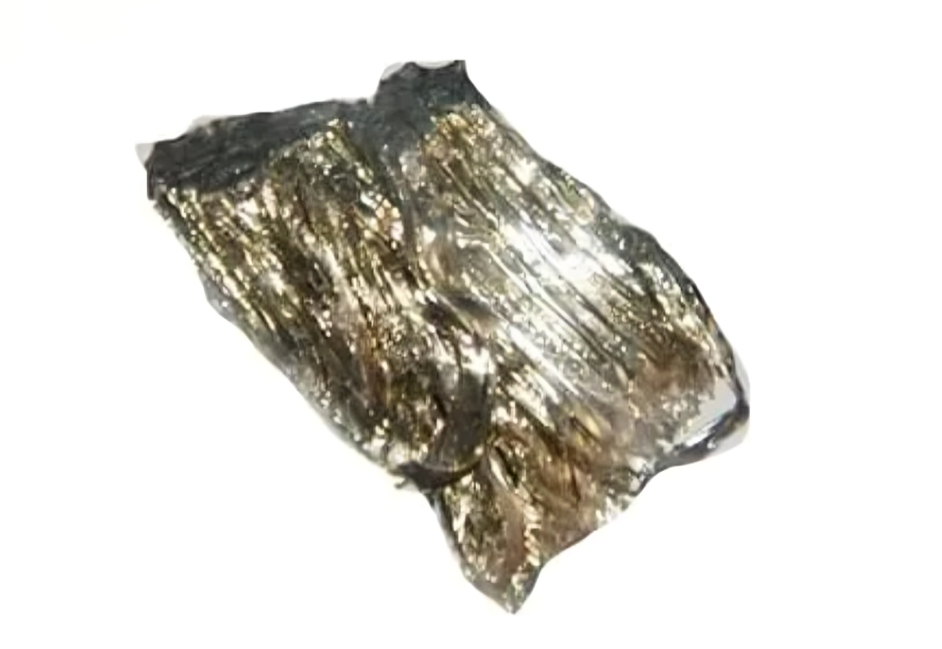
Samarium's applications span various industrial sectors. It is utilized in the production of certain alloys, where its presence contributes to improved mechanical and thermal properties.
Samarium-containing magnets also find applications in electronic devices and sensors. Beyond this, samarium is employed in nuclear reactors as a neutron absorber and in certain medical treatments. Its unique properties make samarium a valuable element in advancing technologies and applications across diverse industries.
Gadolinium metal is the metallic form of the chemical element gadolinium, identified by the symbol Gd on the periodic table.
In its metallic state, gadolinium has a silvery-white appearance, characteristic of many metallic elements. Gadolinium is malleable and ductile, allowing it to be easily shaped into thin sheets and drawn into wires without breaking. Its relatively high melting point contributes to its stability under elevated temperatures. Additionally, gadolinium is notable for its magnetic properties, making it useful in certain alloys and magnetic materials.

Gadolinium finds applications in diverse industries. Its magnetic properties are utilized in magnetic resonance imaging (MRI) machines, where gadolinium-based contrast agents enhance the visibility of tissues during medical imaging. Gadolinium compounds are also used in certain electronic devices and as neutron-absorbing materials in nuclear reactors. The unique properties of gadolinium contribute to its role in advancing technologies and applications across various fields.
Europium metal is the metallic form of the chemical element europium, denoted by the symbol Eu on the periodic table.
In its metallic state, europium displays a silvery-white appearance, typical of many metallic elements. Europium is malleable and ductile, allowing it to be easily shaped into thin sheets and drawn into wires without breaking. Its relatively high melting point contributes to its stability under elevated temperatures. Europium is particularly notable for its unique luminescent properties, especially when incorporated into certain phosphors.
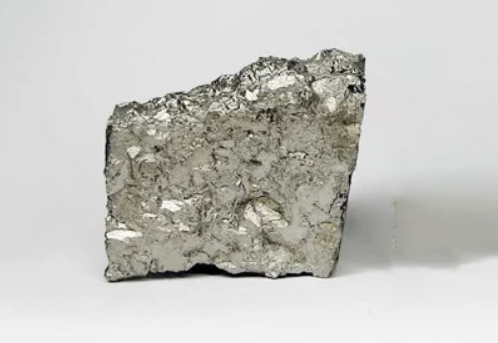
Europium's most significant application lies in its use as a phosphor in the production of red and blue phosphors for color television tubes and LED screens. Its luminescent properties make it valuable for creating vivid colors in displays and lighting. Europium is also utilized in certain nuclear reactor control rods and the manufacturing of some specialized alloys. Its unique properties contribute to its role in advancing technologies and applications across various industrial sectors.
Erbium metal is the metallic form of the chemical element erbium, represented by the symbol Er on the periodic table.
In its metallic state, erbium has a silvery-white appearance, characteristic of many metallic elements. Erbium is malleable and ductile, allowing it to be easily shaped into thin sheets and drawn into wires without breaking. Its relatively high melting point contributes to its stability under elevated temperatures. Additionally, erbium is known for its unique optical properties, especially in its role as a dopant in certain laser materials.
.png)
Erbium finds applications in advanced technologies, particularly in the field of optics and lasers. Erbium-doped fibers are used in telecommunications for signal amplification, enhancing the efficiency of optical communication systems. Additionally, erbium is employed in the production of certain laser systems for medical procedures and scientific research. Its unique optical properties make erbium a valuable element in advancing technologies and applications across diverse industrial sectors.
Holmium metal is the metallic form of the chemical element holmium, represented by the symbol Ho on the periodic table.
In its metallic state, holmium has a silvery-white appearance, characteristic of many metallic elements. Holmium is malleable and ductile, allowing it to be easily shaped into thin sheets and drawn into wires without breaking. Its relatively high melting point contributes to its stability under elevated temperatures. Holmium is known for its magnetic properties, which find applications in certain alloys and magnetic devices.
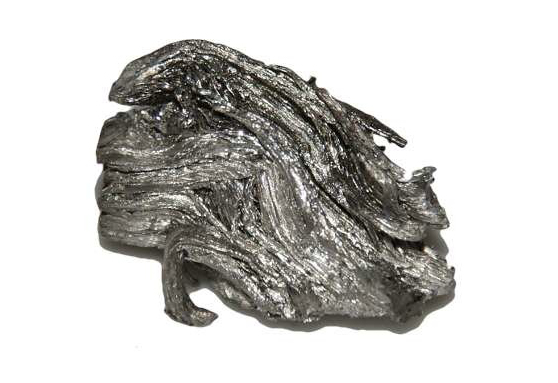
Holmium's applications include its use in certain specialized alloys and magnetic materials. Its unique magnetic properties make holmium valuable for specific electronic and scientific applications. Holmium is also used in medical imaging, where it serves as a contrast agent in magnetic resonance imaging (MRI). The distinctive properties of holmium contribute to its role in advancing technologies and applications across various industrial sectors.
Lutetium metal is the metallic form of the chemical element lutetium, identified by the symbol Lu on the periodic table.
In its metallic state, lutetium displays a silvery-white appearance, typical of metallic elements. Lutetium is malleable and ductile, allowing it to be easily shaped into thin sheets and drawn into wires without breaking. Its relatively high melting point contributes to its stability under elevated temperatures. Lutetium is notable for its properties as a stable element with limited applications for nuclear reactions.
.png)
Lutetium's applications are relatively limited compared to other rare earth metals. It finds use in certain specialized applications, including the production of certain catalysts in the petrochemical industry. Lutetium compounds are also used in certain medical imaging procedures, such as positron emission tomography (PET) scans. While its applications are more niche compared to other rare earth metals, lutetium's unique properties contribute to advancements in specific industrial and scientific fields.
Thulium metal is the metallic form of the chemical element thulium, represented by the symbol Tm on the periodic table.
In its metallic state, thulium has a silvery-white appearance, typical of many metallic elements. Thulium is malleable and ductile, allowing it to be easily shaped into thin sheets and drawn into wires without breaking. Its relatively high melting point contributes to its stability under elevated temperatures. Thulium is notable for its unique optical properties, especially in its role as a dopant in certain laser materials.
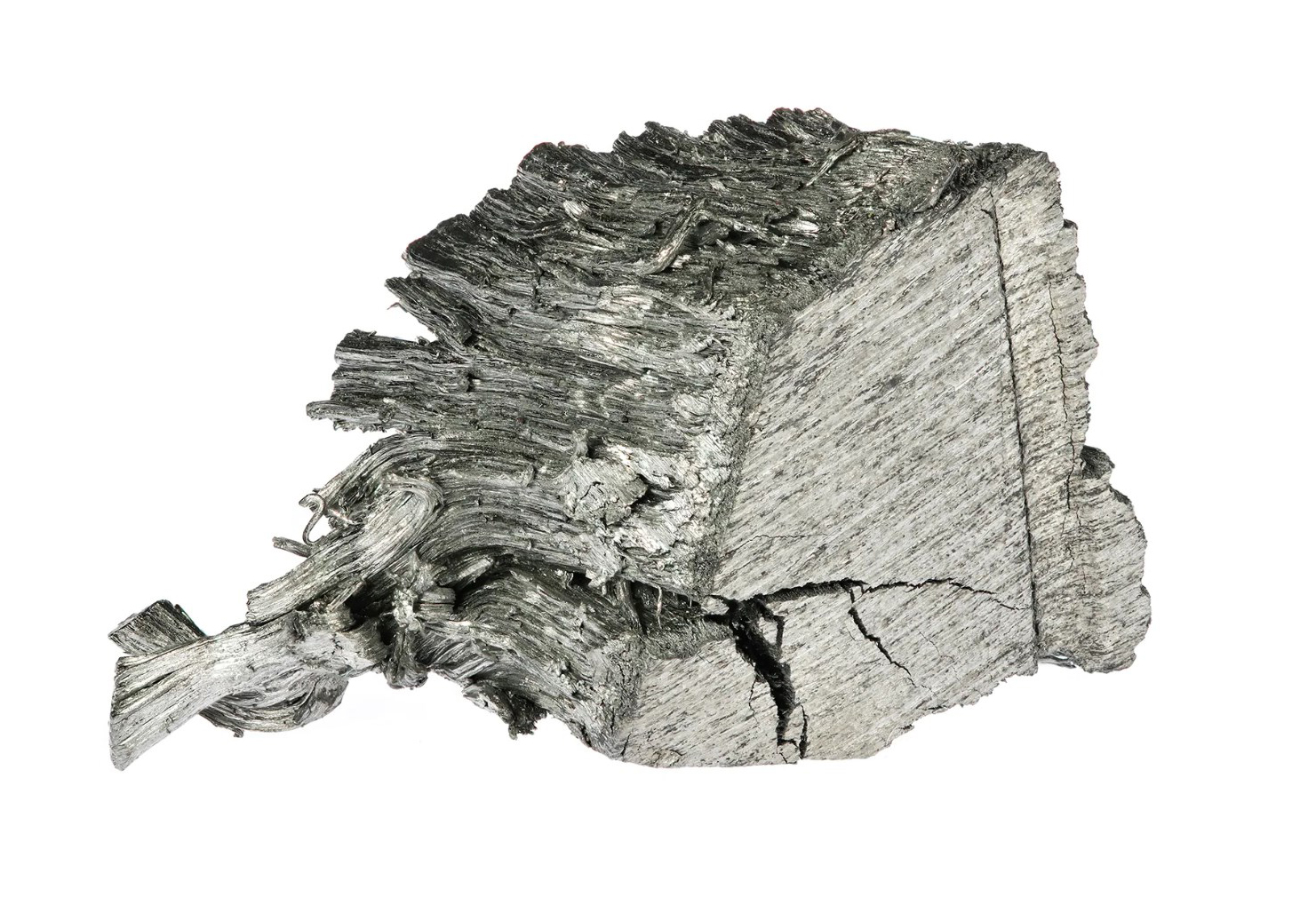
Thulium's applications are primarily in the field of laser technology and certain medical procedures. Thulium-doped crystals are used in certain laser systems, particularly in medical applications such as laser surgery and dermatology. Thulium compounds are also investigated for their potential use in certain radiation therapy treatments. While thulium's applications are more specialized compared to some other rare earth metals, its unique properties make it valuable in advancing technologies and applications within specific industrial and scientific realms.
Promethium metal is the metallic form of the chemical element promethium, denoted by the symbol Pm on the periodic table.
Promethium is a silvery-white, metallic element with unique radioactive properties. It emits beta particles, and its isotope, promethium-145, is the most commonly used form in applications. The element has no stable isotopes, and its radioactivity makes it valuable for certain technological uses.
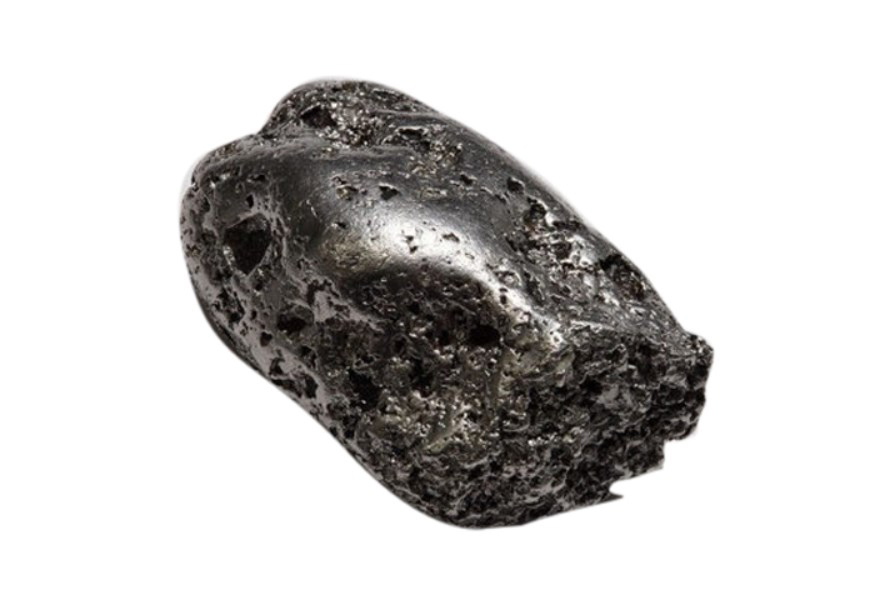
Promethium's applications are limited due to its radioactivity and short half-life. It has been used in luminous paint for some types of nuclear gauges and in certain types of atomic batteries. Promethium-147, a radioisotope of promethium, has been used in devices such as thickness gauges for measuring the thickness of materials. While promethium's applications are specialized and constrained by its radioactive nature, its unique properties make it suitable for certain niche technological uses.
In conclusion, this enriched exploration seeks to demystify the intricacies of each rare earth metal. By unraveling their atomic structures, distinct characteristics, and diverse applications, we gain a deeper appreciation for the role these elements play in shaping our technological landscape. From magnets and medical imaging to lasers and catalysts, each rare earth metal contributes uniquely to the mosaic of modern innovation. This comprehensive examination serves as a guide to navigating the spectrum of rare earth metals, emphasizing their significance in technological progress and scientific research.
Eric Loewen
Eric Loewen graduated from the University of Illinois studying applied chemistry. His educational background gives him a broad base from which to approach many topics. He has been working with topics about advanced materials for over 5 years at Stanford Materials Corporation (SMC). His main purpose in writing these articles is to provide a free, yet quality resource for readers. He welcomes feedback on typos, errors, or differences in opinion that readers come across.